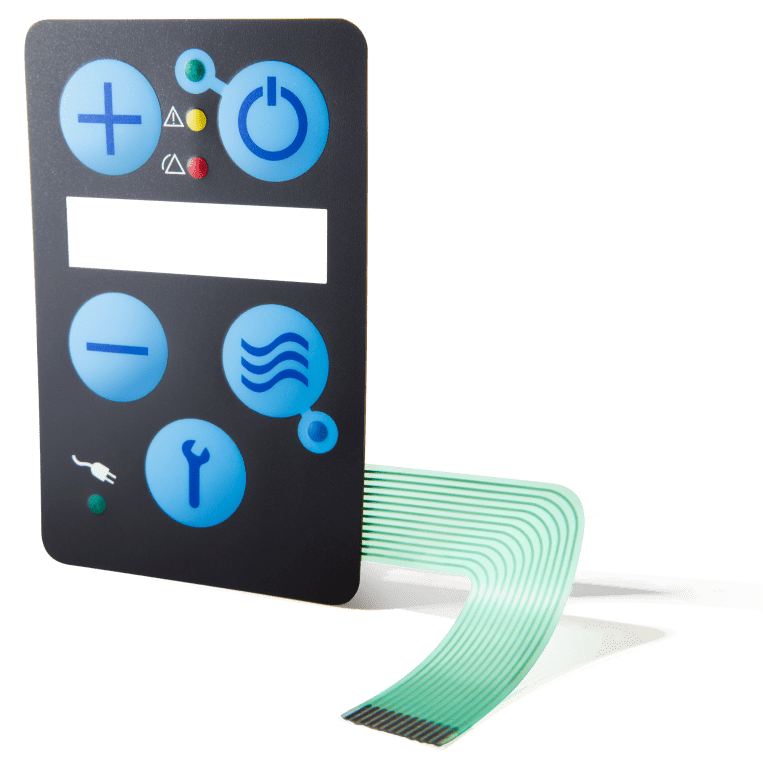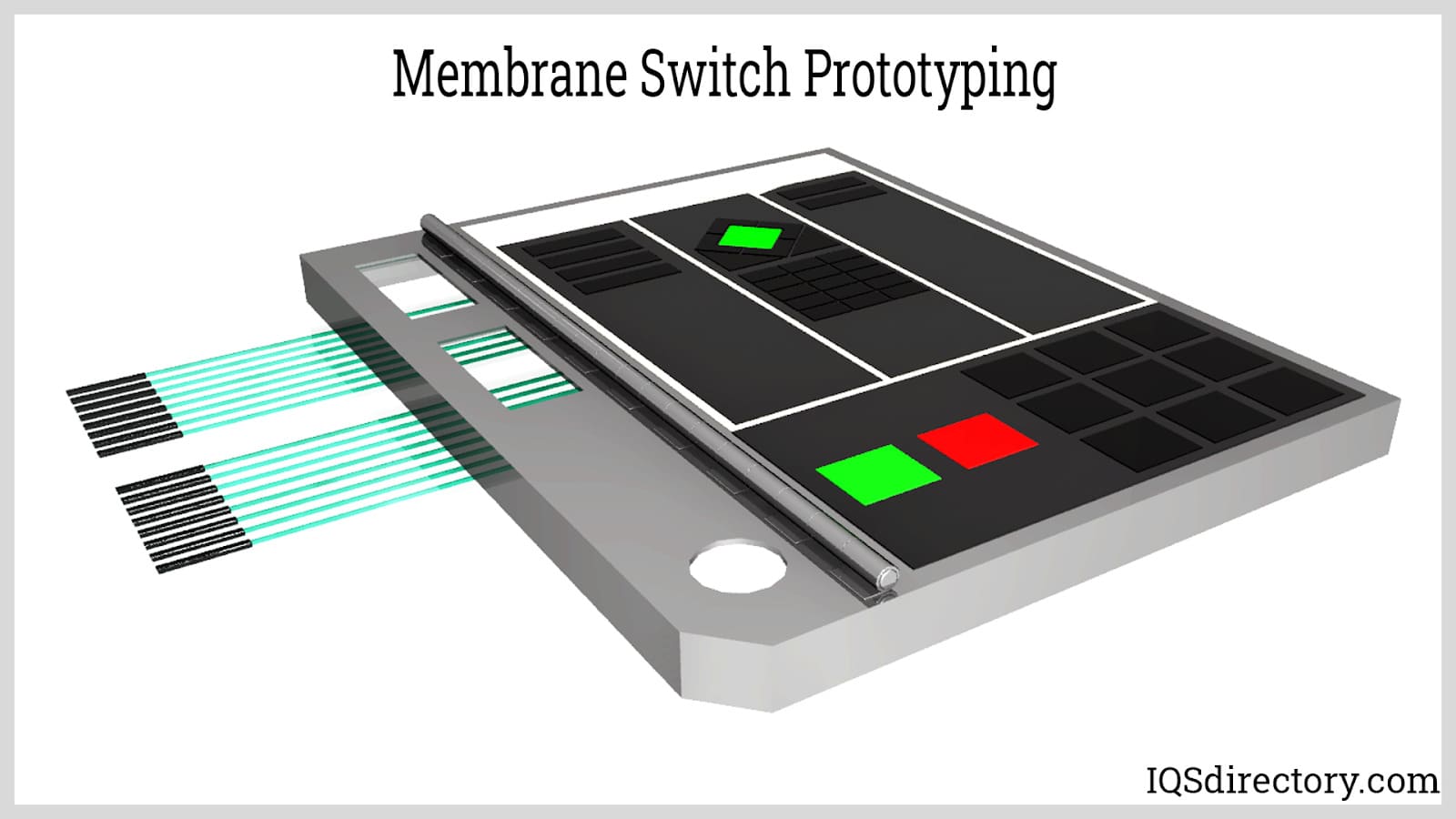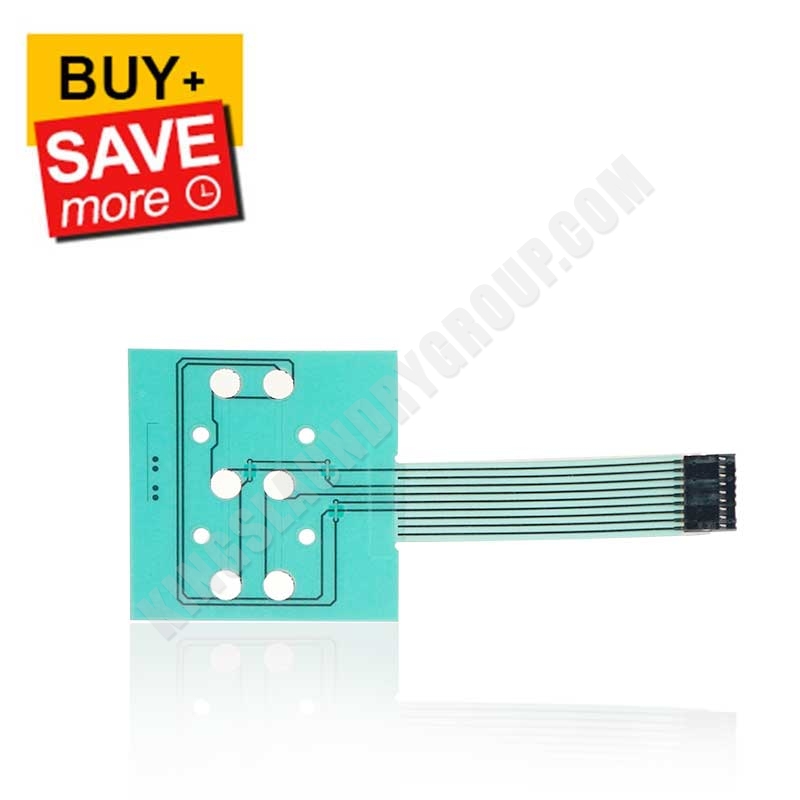How Membrane Switches Over Enhance Individual Experience in Tools
Membrane layer buttons play a critical role in enhancing customer experience throughout different devices by incorporating user-friendly design principles and reliable responsive responses devices. As sectors increasingly seek options that integrate durability with user-centric layout, the implications of membrane layer changes warrant more exploration to totally appreciate their impact on contemporary technology.
Improved Tactile Responses
Boosted responsive feedback in membrane layer switches considerably boosts customer experience by offering clear, receptive communications. This comments is essential in applications where precision and customer self-confidence are critical, such as clinical devices and industrial controls. By incorporating attributes such as tactile domes or increased elements, membrane switches permit users to feel a distinct reaction upon activation, thereby reducing the likelihood of unintentional inputs.
The combination of responsive responses offers to bridge the void between the physical and electronic realms, offering individuals a comforting verification of their actions. This communication not only promotes a feeling of control however likewise decreases the cognitive lots, as customers can rely on their feeling of touch to navigate with different features. Improved responsive comments can lead to boosted effectiveness, as operators can implement commands swiftly without needing to aesthetically verify each action.

In addition, the reliability of responsive responses in membrane layer changes adds to overall product functionality. When users can with ease engage with a device, it promotes an extra favorable interaction, resulting in higher fulfillment and commitment. Thus, the application of boosted responsive feedback is a crucial consideration for developers aiming to elevate the customer experience within their items.
Enhanced Aesthetics and Design
Visual appeal plays an important role in the capability and marketability of membrane switches. These switches supply a smooth integration of kind and function, permitting producers to develop aesthetically striking user interfaces that improve individual involvement. With personalized styles, colors, and textures, membrane layer switches can be tailored to align with brand identity and product aesthetic appeals, making them an appealing choice for different applications.

Moreover, using premium materials and printing methods makes sure that the aesthetic elements remain vibrant and undamaged in time, enhancing the total quality of the gadget. By prioritizing appearances in membrane button layout, producers can dramatically improve the user experience, cultivating a favorable psychological link in between the customer and the tool while promoting brand loyalty.
Boosted Resilience and Durability
Beyond their visual allure, membrane layer buttons are recognized for their enhanced sturdiness and durability, making them a sensible selection for a large range of applications. Created from durable products such as polyester or polycarbonate, these buttons can withstand harsh environmental problems, consisting of direct exposure to dampness, dirt, and chemicals. This durability is important for gadgets made use of in industrial, medical, and outdoor setups, where tools is usually based on extensive usage.
Membrane layer switches are additionally less susceptible to mechanical failure contrasted to typical mechanical buttons. The absence of moving components minimizes the probability of deterioration, thereby extending the functional life expectancy of the device. Additionally, their secured style prevents impurities from going into the switch, further boosting dependability.

Simplified User Communication
3 essential variables contribute to the streamlined customer interaction used by membrane layer switches: instinctive design, tactile comments, and read more customizable designs. The instinctive design of membrane changes permits users to promptly understand and navigate the user interface without extensive training. This user-centric method makes certain that controls are realistically prepared, assisting in ease of usage and reducing the cognitive tons on individuals.

Moreover, customizable designs enable producers to tailor the interface to certain applications and individual requirements. By permitting for the integration of tailored signs, shades, and switch setups, membrane layer switches can be created to match the needs of diverse user demographics, improving functionality and accessibility. Collectively, these factors add to a streamlined interaction experience, making membrane switches over a favored selection for tools intended at improving customer satisfaction and functional effectiveness.
Versatile Applications Across Industries
The advantages of membrane switches over prolong beyond simplified user interaction, finding applications across a plethora of sectors. In the healthcare industry, they are utilized in medical tools such as diagnostic equipment and mixture pumps, where reliability and convenience of cleaning are paramount. Membrane switches over supply a robust user interface that can endure the roughness of a professional setting while making certain user-friendly procedure.
In the customer electronic devices sector, these switches prevail in family appliances, pc gaming tools, and remotes, providing a sleek, modern-day visual combined with sturdiness. Their inconspicuous design enables manufacturers to develop compact and trendy gadgets without jeopardizing functionality.
Moreover, the auto field makes use of membrane layer buttons for dashboard controls and infomercial systems, improving go to this web-site the individual experience by giving tactile feedback and user-friendly navigation. The industrial industry likewise benefits, with membrane layer changes featured in equipment and control board, guaranteeing effective operation in often extreme conditions.
Inevitably, the convenience of membrane layer switches over enables a large range of applications, boosting user experience throughout varied areas by incorporating functionality, resilience, and design adaptability. As industries remain to progress, the need for these innovative user interfaces is most likely to expand even further.
Conclusion
In final thought, membrane layer switches substantially enhance user experience by giving improved tactile comments, aesthetically pleasing designs, enhanced longevity, and simplified customer communication (membrane switch). Their versatility throughout different sectors emphasizes their relevance in modern tool design. The mix of these characteristics not just helps with intuitive engagement but also makes sure a trusted performance, making membrane layer switches over a critical part in the growth of user-friendly innovation. Proceeded technology in this area will even more elevate the criteria of customer interaction in future applications.